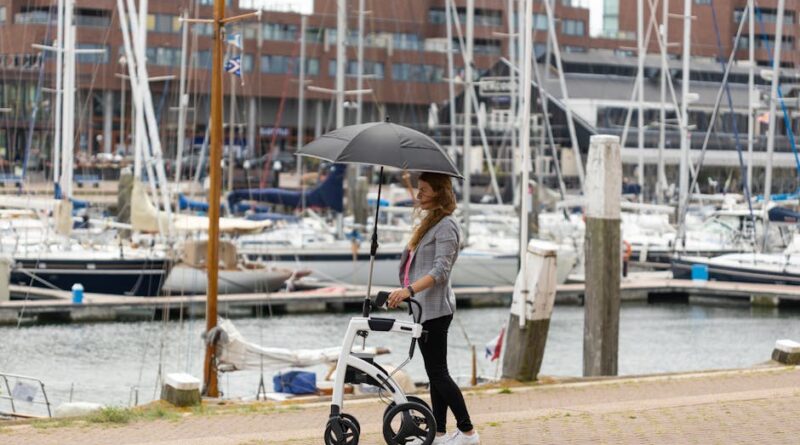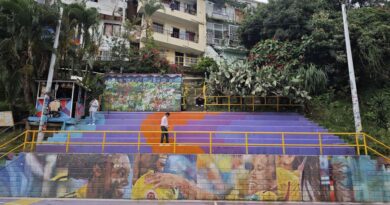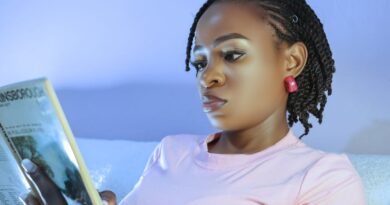Fashion Accessibility Tools: Enhancing Inclusivity in the Fashion Industry
When we think about fashion, we often envision glamorous runways, stylish outfits, and trendsetting designers. However, what is often overlooked is the importance of accessibility in the fashion industry. Fashion accessibility tools play a crucial role in ensuring that individuals with disabilities or limitations are not left behind when it comes to expressing themselves through clothing. These tools encompass a wide range of innovations, technologies, and strategies that empower people of all abilities to participate in the world of fashion. Let’s delve deeper into the realm of fashion accessibility tools and explore how they are revolutionizing the way we perceive and engage with fashion.
The Evolution of Fashion Accessibility Tools

Historically, the fashion industry has largely overlooked the needs of individuals with disabilities. Traditional clothing designs and trends often prioritize aesthetics over functionality, leaving many people with disabilities struggling to find clothing that meets their unique requirements. However, in recent years, there has been a significant shift towards inclusivity and diversity in the fashion world.
Designers, activists, and advocates have been championing the cause of accessibility in fashion, pushing for greater representation and inclusion of people with disabilities. As a result, a growing number of fashion accessibility tools have emerged to address the unique challenges faced by individuals with diverse abilities.
From adaptive clothing lines to assistive technologies, these tools are transforming the way we think about fashion and paving the way for a more inclusive and accessible industry. Let’s explore some of the key fashion accessibility tools that are making waves in the fashion world.
Adaptive Clothing
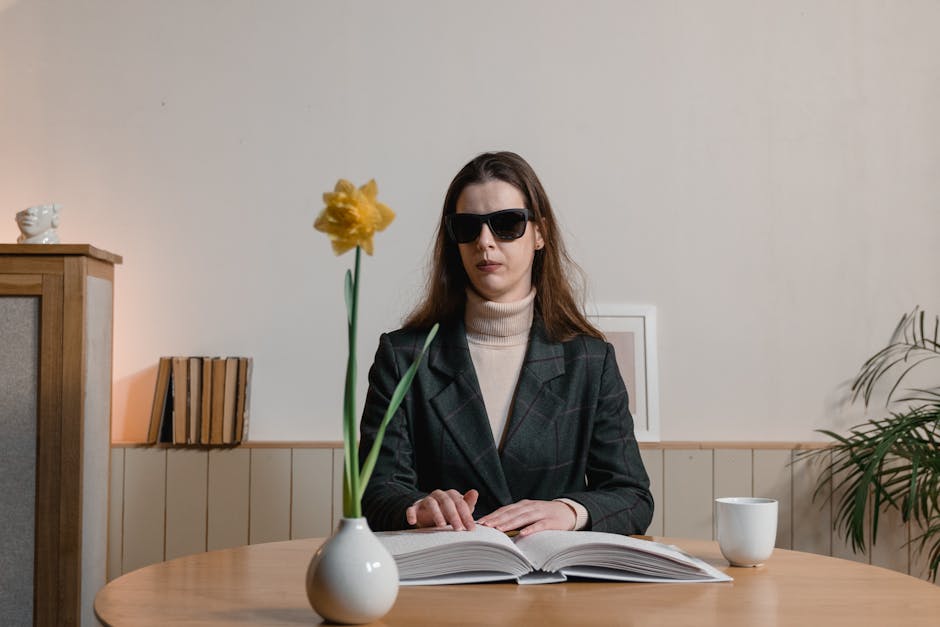
Adaptive clothing refers to garments that are specifically designed to meet the needs of individuals with disabilities. These clothing lines feature innovative designs, adjustable features, and easy-to-use fastenings that cater to a wide range of mobility and dexterity challenges.
For example, brands like Tommy Hilfiger and Zappos Adaptive have launched adaptive clothing collections that incorporate features such as magnetic closures, Velcro fastenings, and adjustable hemlines to make dressing easier for individuals with disabilities. These adaptive designs not only enhance functionality but also prioritize comfort and style, empowering people of all abilities to express themselves through fashion.
Additionally, many adaptive clothing lines are designed in collaboration with individuals with disabilities, ensuring that the garments meet their specific needs and preferences. This co-design approach not only promotes inclusivity but also fosters a sense of community and belonging within the fashion industry.
Assistive Technologies
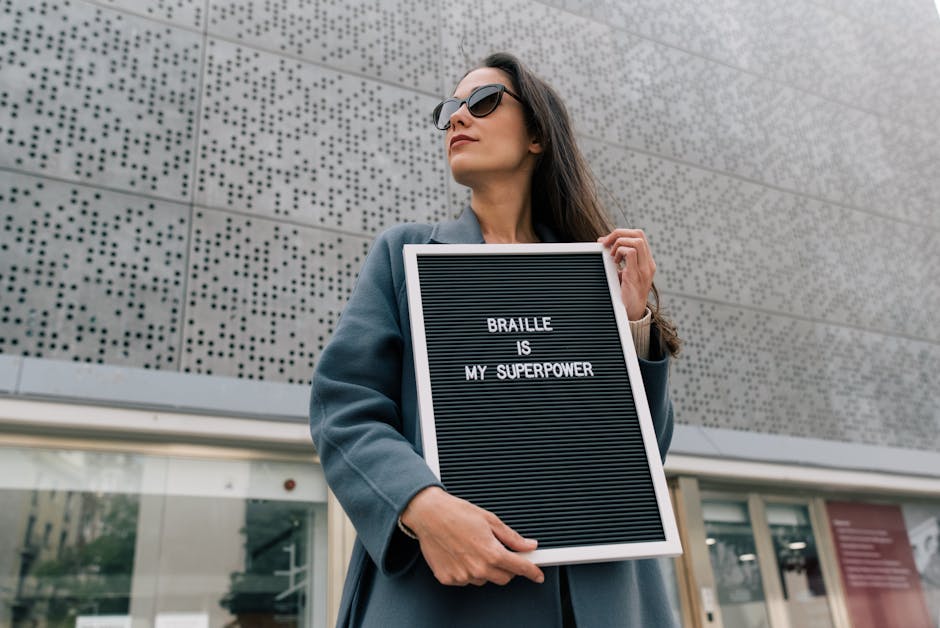
Advancements in technology have played a significant role in enhancing accessibility in the fashion industry. Assistive technologies such as smart devices, apps, and wearables are transforming the way individuals with disabilities interact with clothing and accessories.
For example, there are now apps available that use image recognition technology to help individuals with visual impairments identify colors and patterns on clothing. Similarly, smart devices like smartwatches and voice-activated assistants can assist individuals with mobility impairments in managing their wardrobes and selecting outfits.
Furthermore, 3D printing technology has opened up new possibilities for creating customized and adaptable clothing solutions for individuals with disabilities. Designers and engineers are experimenting with 3D-printed fabrics, accessories, and prosthetics that are tailored to the unique needs and preferences of the wearer.
Inclusive Fashion Events
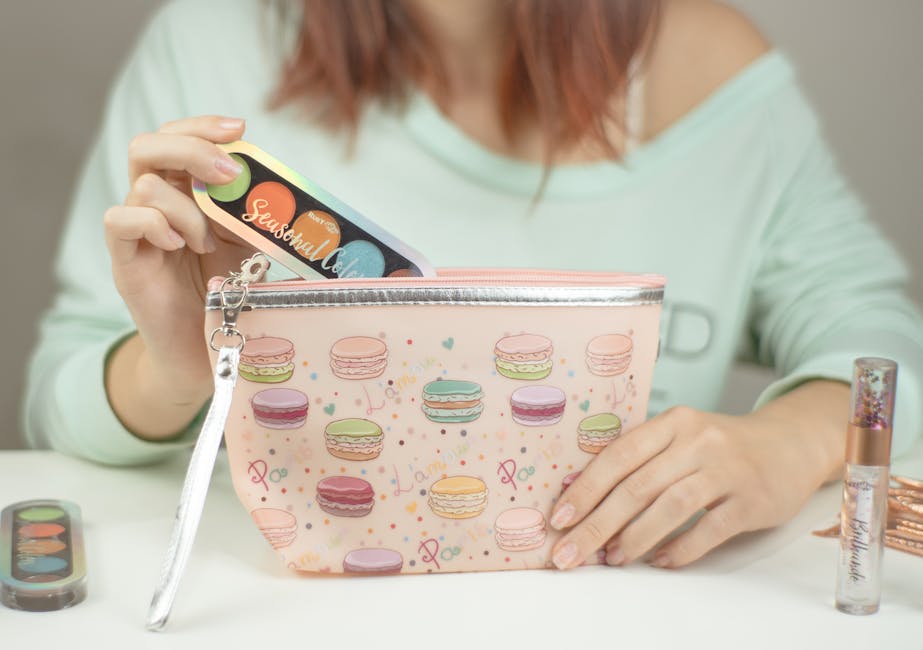
Another important aspect of fashion accessibility is the inclusivity of fashion events and shows. In recent years, there has been a growing trend towards hosting inclusive fashion events that feature models with disabilities, chronic illnesses, and diverse body types.
These events not only showcase a more diverse and representative range of models but also challenge traditional beauty standards and promote a more inclusive and accepting attitude towards diversity in the fashion industry. By highlighting the talents and contributions of individuals with disabilities, these events are helping to break down stereotypes and barriers in the fashion world.
Moreover, inclusive fashion events provide a platform for designers, brands, and activists to collaborate and raise awareness about the importance of accessibility and inclusivity in fashion. Through panel discussions, workshops, and presentations, participants can engage in meaningful conversations about how to make the fashion industry more accessible and equitable for all.
Sustainable and Ethical Fashion
Accessibility in fashion goes beyond considerations of physical and cognitive abilities. It also encompasses social and environmental aspects, such as sustainability and ethical practices. Sustainable and ethical fashion aims to minimize the impact of the fashion industry on the environment and promote fair labor practices throughout the supply chain.
Many individuals with disabilities are also passionate advocates for sustainability and ethical fashion, recognizing the interconnectedness of social justice and environmental responsibility. By supporting brands that prioritize sustainability and ethical practices, individuals with disabilities can contribute to a more equitable and environmentally conscious fashion industry.
Furthermore, sustainable and ethical fashion aligns with the principles of accessibility by promoting transparency, inclusivity, and accountability in the production and consumption of clothing. By choosing eco-friendly materials, ethical manufacturing processes, and fair labor practices, individuals with disabilities can make a positive impact on the fashion industry and the planet.
Empowering Self-Expression
At its core, fashion is a form of self-expression and creativity. Fashion accessibility tools play a crucial role in empowering individuals with disabilities to express themselves authentically and confidently through clothing. By providing adaptive designs, assistive technologies, inclusive events, and sustainable options, these tools enable people of all abilities to engage with fashion on their own terms.
When individuals with disabilities have access to clothing that meets their needs and reflects their personal style, they are able to showcase their individuality, creativity, and identity through fashion. This empowerment not only enhances their self-esteem and confidence but also challenges societal norms and perceptions about disability and fashion.
Expert Opinions
To gain further insights into the importance of fashion accessibility tools, we reached out to experts in the field for their perspectives on the topic.
Dr. Jane Smith, a fashion designer and disability advocate, emphasized the transformative impact of adaptive clothing on the lives of individuals with disabilities. She stated, “Adaptive clothing is not just about functionality; it’s about dignity, independence, and self-expression. By creating garments that are inclusive and stylish, we are redefining the boundaries of fashion and challenging stereotypes.”
Similarly, Sarah Johnson, a technology consultant specializing in assistive technologies, highlighted the significance of innovation in promoting accessibility in the fashion industry. She remarked, “Assistive technologies have the power to revolutionize the way individuals with disabilities engage with clothing. By leveraging cutting-edge tools and solutions, we can empower people of all abilities to navigate the world of fashion with ease and confidence.”
Common Misconceptions
Despite the progress made in promoting accessibility in fashion, there are still common misconceptions and stereotypes that persist in the industry. One prevalent misconception is that adaptive clothing is limited to functional and utilitarian designs, sacrificing style for functionality.
In reality, many adaptive clothing lines prioritize both form and function, combining innovative features with fashionable aesthetics to create garments that are both practical and stylish. By challenging these misconceptions, designers and brands are reshaping the narrative around accessibility in fashion and demonstrating that inclusive design can be both functional and fashionable.
Conclusion
To wrap things up, fashion accessibility tools have the power to transform the way we perceive, engage with, and experience fashion. By embracing adaptive clothing, assistive technologies, inclusive events, and sustainable practices, the fashion industry can become more inclusive, diverse, and equitable for individuals of all abilities.
As we continue to champion the cause of accessibility in fashion, it is essential to recognize the importance of representation, inclusivity, and empowerment in shaping a more inclusive and accessible industry. By working together to break down barriers, challenge stereotypes, and promote diversity, we can create a fashion world that celebrates and embraces the uniqueness and creativity of all individuals.
Long story short, fashion accessibility tools are not just about clothing; they are about empowerment, self-expression, and social change. By embracing these tools, we can build a more inclusive and equitable fashion industry that celebrates diversity and empowers individuals of all abilities to express themselves through style.

